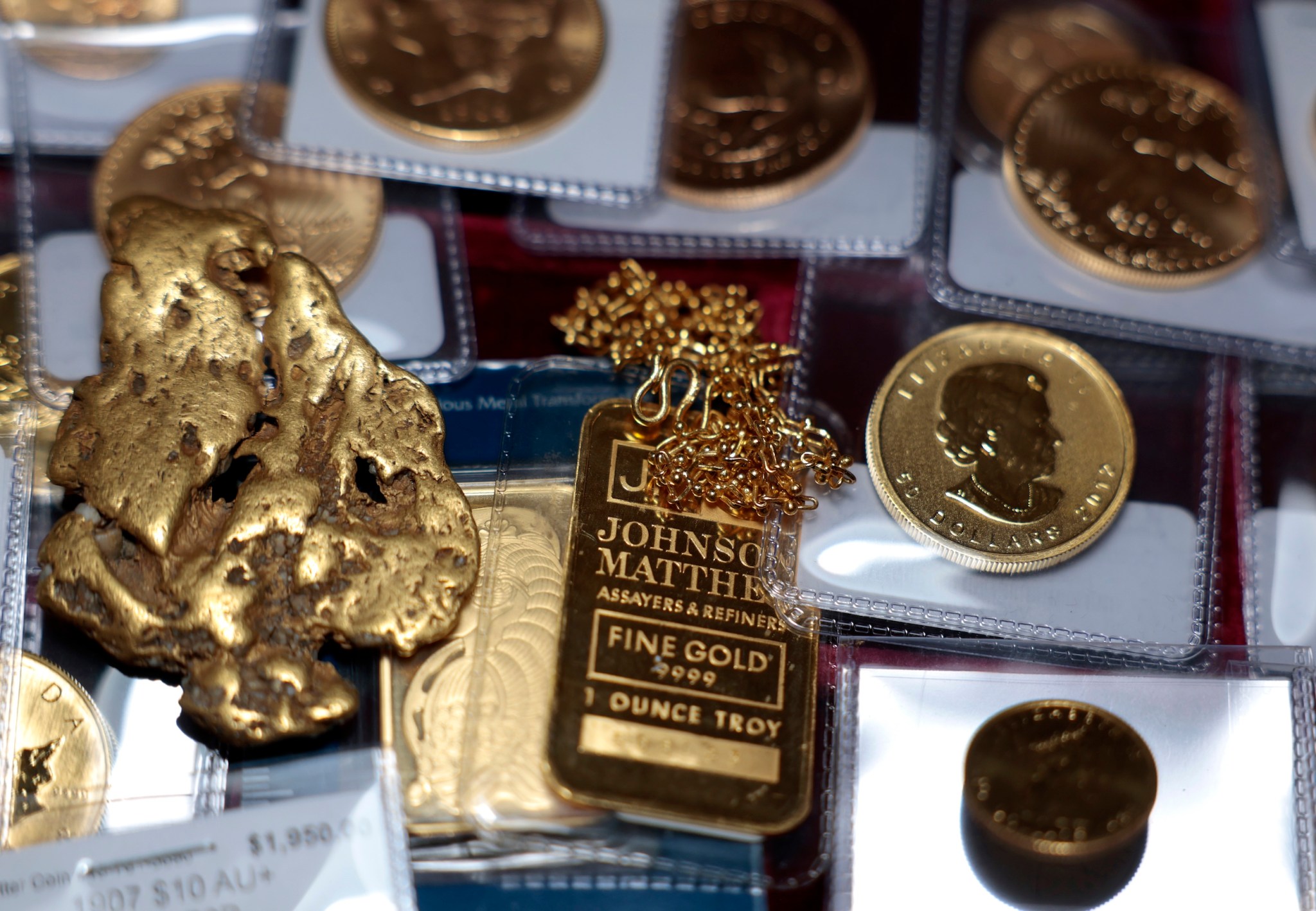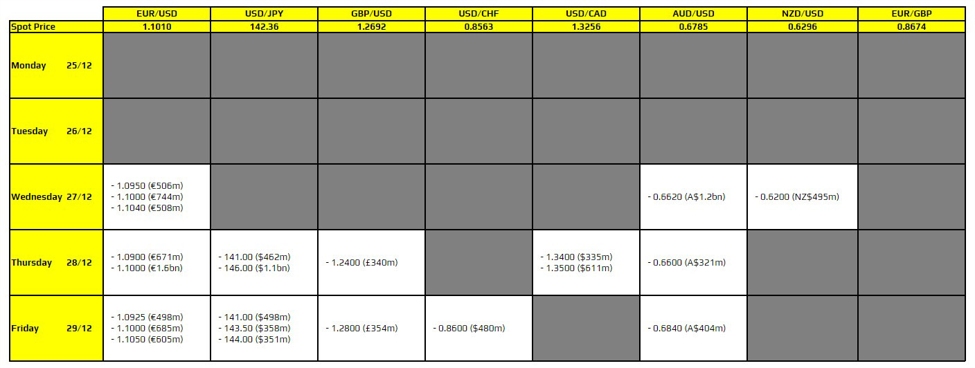
- Gold surged over $4,000/oz, up 50% this year, driven by investor fears over government debt, a weaker dollar, a buying spree by China’s central bank, and concerns the AI stock boom may collapse. With the U.S. shutdown set to continue, investor uncertainty is likely to push the price higher still.
Gold broke a new record on Tuesday, cresting at over $4,000 per troy ounce. It was sitting at $4,055.30 Wednesday morning on Comex’s continuous contract index. It’s up more than 50% for the year.
At first glance, this makes no sense. Gold is traditionally a safe-haven asset that investors run to when times get tough. But U.S. GDP growth is robust, unemployment is low, and the S&P 500 is posting daily record highs. All of that looks like the best of times, not the worst of times.
So why is gold going through the roof?
Several factors are pushing the price higher:
- The “debasement trade”: Government debt in the U.S., U.K., Europe, and Japan is at such historically high levels that some investors no longer see bonds as a safe haven. So they have gone into gold instead.
- The U.S. government shutdown: America looks like a basket case right now and gold is a good way to ensure your money is not attached to dollar-based assets.
- China: Foreign central banks are diversifying their reserves away from the U.S. dollar, which has weakened by 9% this year against other currencies due to the political chaos in America. “The People’s Bank of China extended its gold buying streak in September for an 11th consecutive month despite record high prices,” ING’s Ewa Manthey said in a note to clients recently.
- AI bubble fear: Joe Davis, chief economist at Vanguard Group, put it perfectly: “We’re seeing a tug of war,” he told the Wall Street Journal. “You’ve got the S&P 500 pricing in an AI supernova, and you’ve got the gold camp saying ‘We’re going to have structural deficits, we have fiscal pressure in the U.S., and I need to manage that risk.’”
“The latest leg higher has been underpinned by the growing uncertainty over the U.S. government shutdown and fear-of-missing-out flows into physical gold ETFs. Of course, a macro backdrop consisting of a weaker dollar, the resumption of the rate-cutting cycle, U.S. deficit concerns, tariff-related inflation angst, and steady foreign central bank buying have also supported the yellow metal’s 50% rally this year,” Adam Turnquist of LPL Financial in Charlotte, N.C., said in a note seen by Fortune.
A lot of investors worry that the growth in tech stocks fueled by spending on AI will end badly, according to Macquarie’s Thierry Wizman. “It seems paradoxical that a hope-based AI-tech rally should take place simultaneously with a rally in gold. But gold’s rally is the collective ‘hedge’ against the prospective failure of the U.S.’s AI-driven tech boom to deliver on its high-productivity, high-growth promises, or to justify the vast investment needed to support those promises,” he wrote in a research note.
Investor uncertainty is likely to continue for some time as long as the U.S. shutdown continues. The biggest, most reliable sources of macroeconomic data are now offline and traders are flying blind, according to EY-Parthenon chief economist Gregory Daco: “The government shutdown is compounding an already fragile backdrop, with each week of paralysis expected to shave roughly 0.1 percentage points off real GDP growth — on top of mounting operational disruptions and a growing erosion in business and consumer confidence. With official statistics sidelined, the Federal Reserve is being forced to lean more heavily on private sector indicators, which, so far, paint a troubling picture,” he says.
But don’t expect stocks to tumble any time soon. The Fed may deliver back-to-back interest rate cuts this year, Daco says—and that will likely be cheered by stock investors.
Here’s a snapshot of the markets ahead of the opening bell in New York this morning:
- S&P 500 futures were up 0.14% this morning. The index closed down 0.38% in its last session.
- STOXX Europe 600 was up 0.55% in early trading.
- The U.K.’s FTSE 100 was up 0.55% in early trading.
- Japan’s Nikkei 225 was down 0.45%.
- China’s CSI 300 was up 0.45%.
- The South Korea KOSPI was up 2.7%.
- India’s Nifty 50 was down 0.13% before the end of the session.
- Bitcoin fell to $122.6K.















